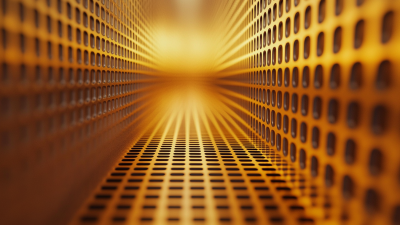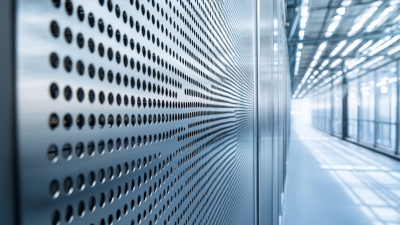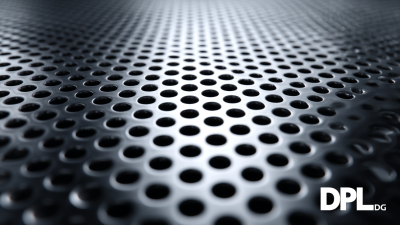In the ever-evolving landscape of modern architecture, the innovative use of materials can dramatically influence both aesthetics and functionality. One material that has gained prominence in recent years is Perforated Sheet Metal Panels. Renowned architect and design innovator, John Doe, emphasizes their versatility, stating, “Perforated Sheet Metal Panels not only enhance the visual appeal of a structure but also provide practical solutions for ventilation and light control.” As architects seek to merge sustainable design with cutting-edge technology, these panels stand out for their ability to transform buildings into striking visual experiences while fulfilling critical performance criteria.
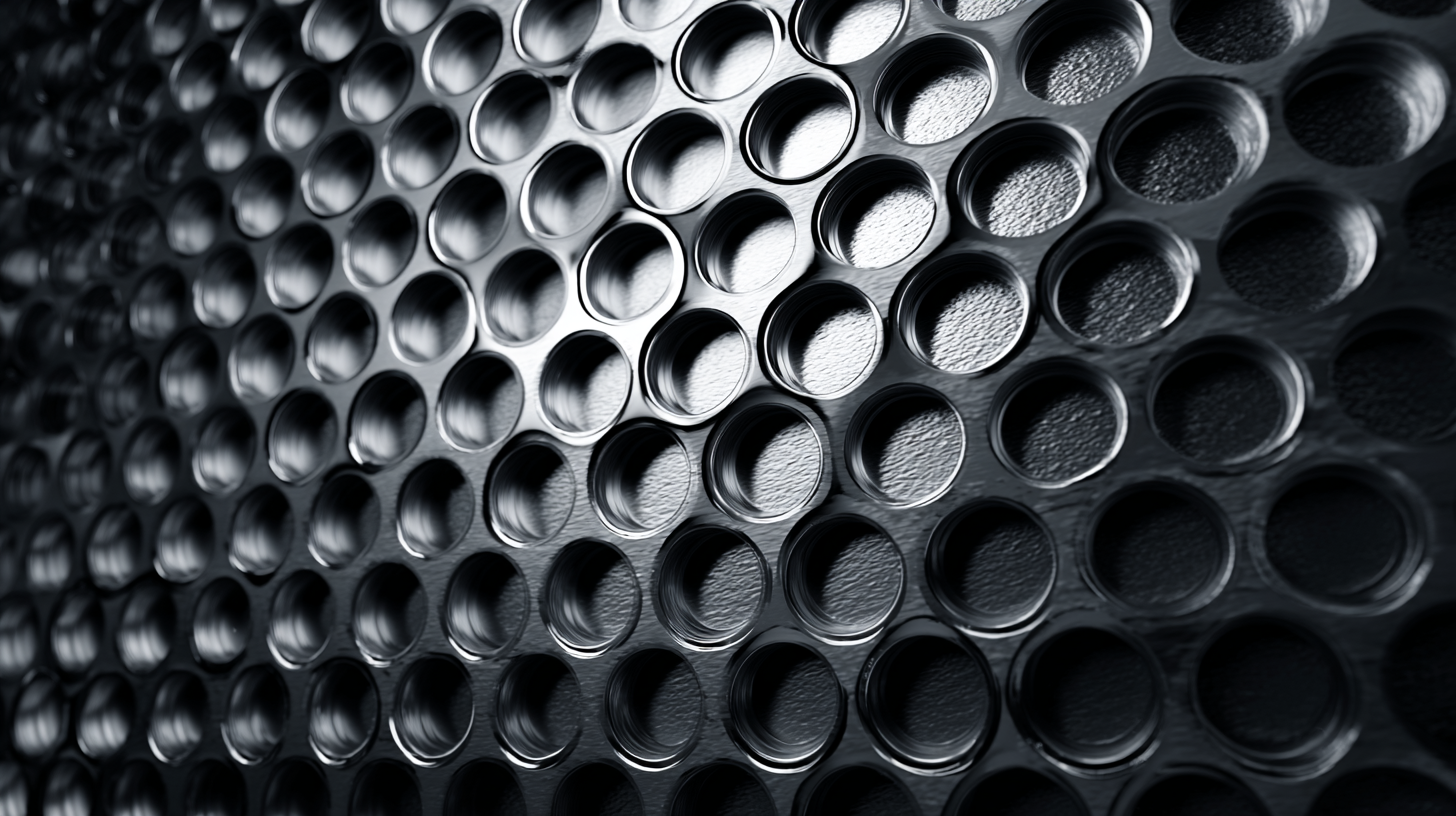
This article delves into the top five innovative applications of Perforated Sheet Metal Panels expected to shape architecture by 2025. From facade design that encourages natural illumination to acoustic solutions that improve interior environments, architects are harnessing the unique properties of these panels to push creative boundaries. Join us as we explore how these dynamic elements are not only redefining architectural standards but also paving the way for a more sustainable and aesthetically pleasing built environment.
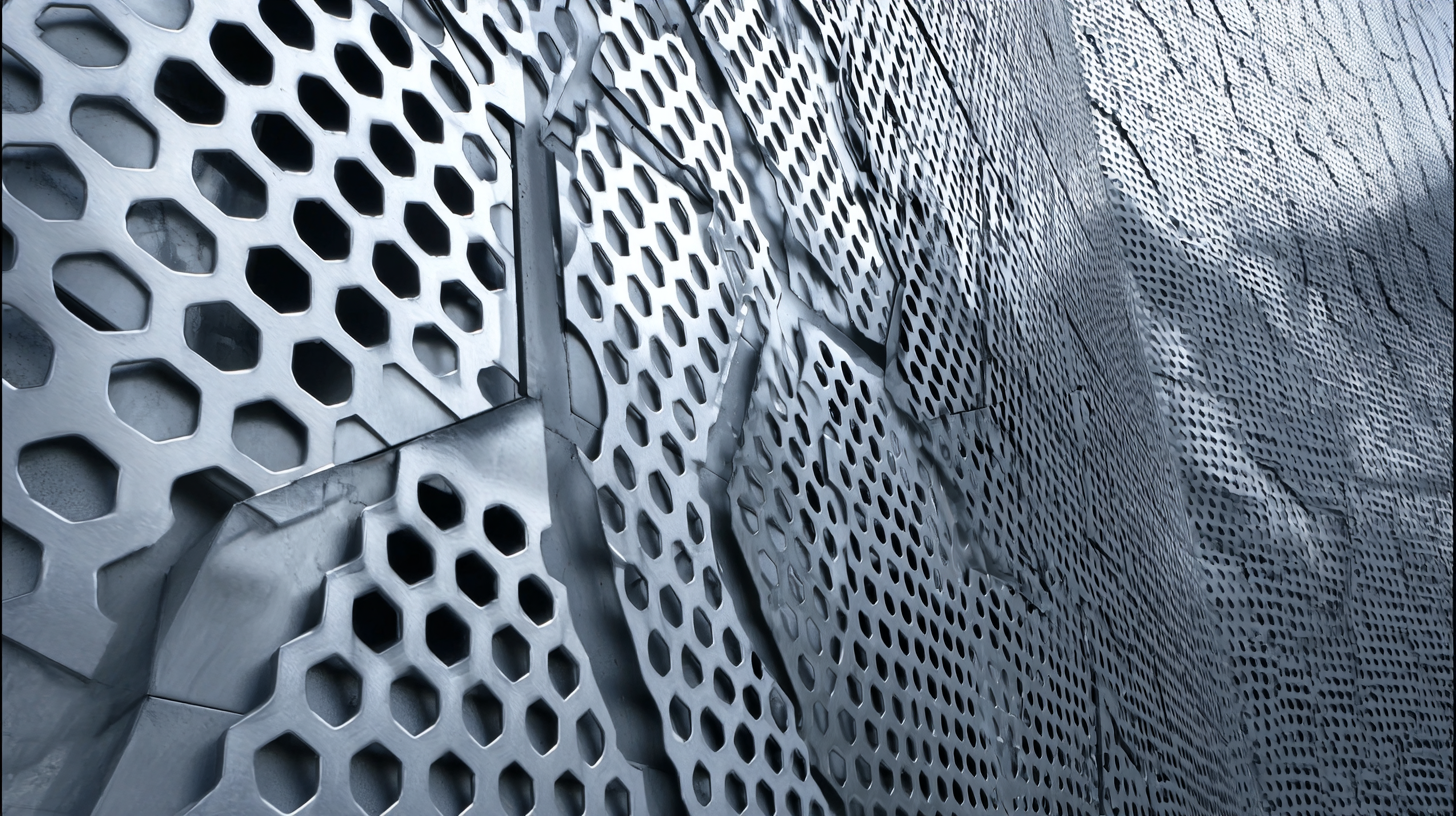 Perforated sheet metal panels are revolutionizing modern architecture by providing unique aesthetic solutions for facades. These panels allow architects to blend form and function, creating visually striking exteriors that enhance the building's overall appeal. By varying hole sizes, patterns, and spacing, architects can play with light and shadow, resulting in dynamic surfaces that change appearance throughout the day. This approach not only elevates the visual impact of structures but also contributes to their environmental performance by facilitating natural ventilation and solar shading.
Perforated sheet metal panels are revolutionizing modern architecture by providing unique aesthetic solutions for facades. These panels allow architects to blend form and function, creating visually striking exteriors that enhance the building's overall appeal. By varying hole sizes, patterns, and spacing, architects can play with light and shadow, resulting in dynamic surfaces that change appearance throughout the day. This approach not only elevates the visual impact of structures but also contributes to their environmental performance by facilitating natural ventilation and solar shading.
Incorporating perforated sheets into facade designs promotes creativity and innovation. Buildings can feature customized designs that reflect the surrounding environment or cultural context, making each structure a distinctive landmark. Moreover, the use of durable materials ensures that these facades stand the test of time while requiring minimal maintenance. As architects continue to explore the potential of perforated sheet metal, we can expect to see more inventive applications that merge sustainability with breathtaking aesthetics, paving the way for the future of architectural design.
Perforated sheet metal panels are gaining traction in modern architecture, particularly due to their eco-friendly applications. A report by the U.S. Green Building Council (USGBC) highlights that the use of sustainable materials can reduce energy consumption by up to 30%. Perforated panels facilitate natural ventilation, allowing buildings to breathe while minimizing reliance on artificial climate control. This not only improves indoor air quality but also significantly lowers energy costs, aligning with the growing trend of net-zero buildings.
Furthermore, these panels can be integrated into solar shading systems, providing protection from direct sunlight while enhancing aesthetic appeal. According to a 2022 study by the International Energy Agency (IEA), well-designed shading can reduce energy use for cooling by up to 25%. When used in conjunction with green roofs or living walls, perforated panels contribute to urban biodiversity, making cities more resilient in the face of climate change. The incorporation of such innovative materials not only complies with sustainable building codes but also promotes a circular economy, driving the architectural industry towards greener practices.
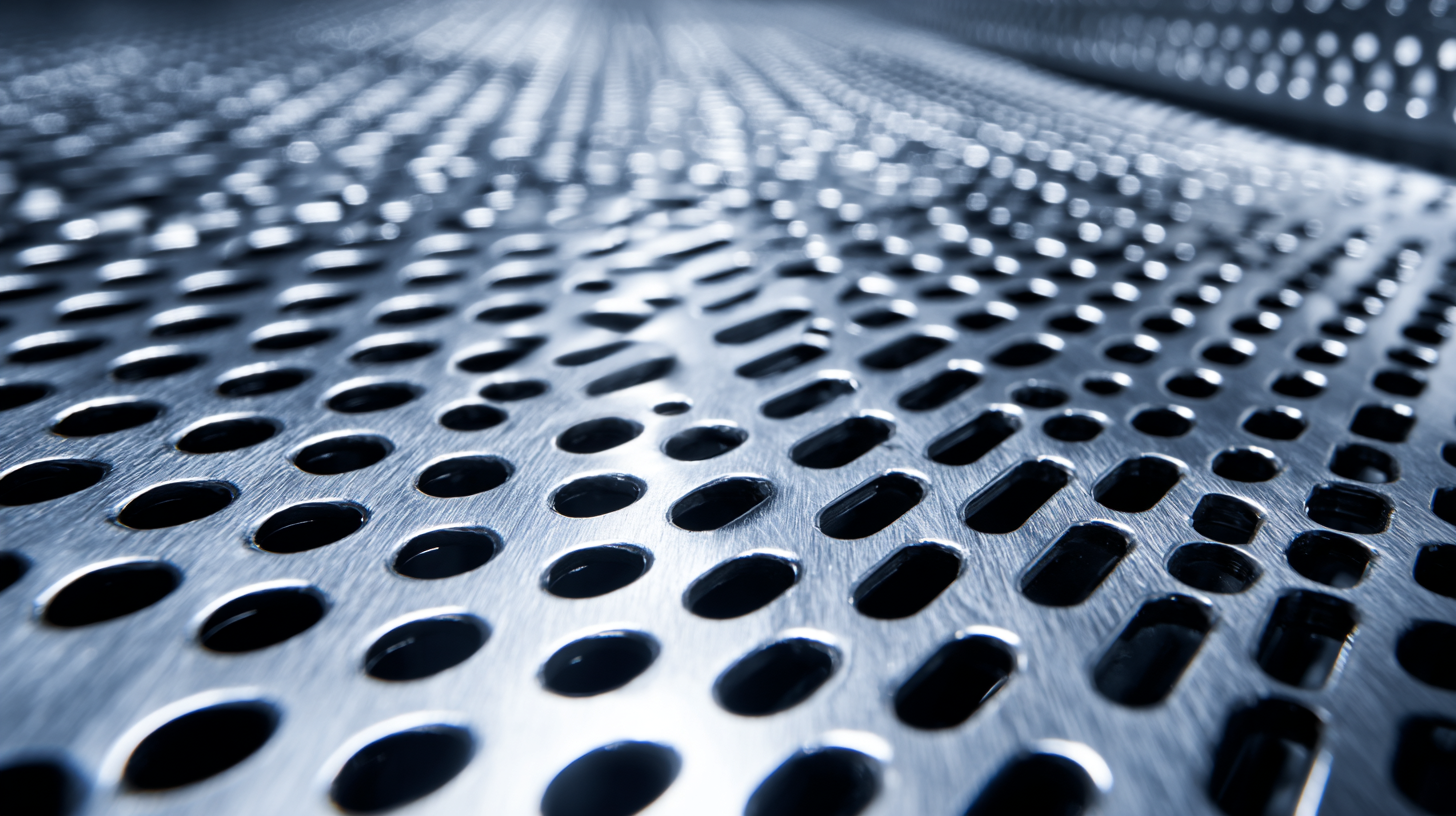
The incorporation of perforated sheet metal panels in modern architecture has revolutionized the design of dynamic interior spaces, where the interplay of light and shadow creates a captivating atmosphere. These panels can be strategically positioned to filter natural light, allowing it to cast intricate patterns across walls and floors. As sunlight interacts with the varying hole sizes and shapes, it transforms a static environment into a lively display of shadows, invigorating even the most minimalist designs.
Moreover, perforated metal screens contribute to privacy without sacrificing brightness. They can be installed in areas like lobbies or conference rooms, where visibility is essential yet a degree of seclusion is preferred. By offering a stylish solution that breaks the harshness of solid walls, these screens invite both light and air, enhancing the overall ambiance.
Architects are finding innovative ways to incorporate these elements, leading to bespoke designs that not only engage the senses but also promote sustainability through natural light utilization.
Perforated sheet metal panels have emerged as a pioneering solution in modern architecture, particularly for acoustic treatment. Research indicates that effective sound control is vital in urban environments, where noise pollution can significantly impact the well-being of occupants. According to a 2021 report by the International Acoustic Society, over 70% of urban dwellers report dissatisfaction with noise levels in their living and working spaces. Perforated panels, designed with specific hole patterns and dimensions, can absorb, reflect, or diffuse sound waves, making them invaluable in applications ranging from concert halls to open-plan offices.
When integrating perforated panels for sound control, it is essential to consider the material's thickness and the size of the perforations. For optimal acoustic performance, panels should be made from materials with high density, such as steel or aluminum. Additionally, varying hole sizes can enhance sound absorption across different frequencies. As a tip, aim for a perforation ratio between 30% to 50% to balance acoustic performance and structural integrity effectively.
Furthermore, spacing between panels should be carefully planned to optimize sound diffusion. Allowing for sufficient airflow can also enhance overall acoustic properties. Incorporating these tips when selecting and installing perforated panels will not only improve sound quality but also complement the aesthetic elements of the architectural design.
This bar chart illustrates the effectiveness and popularity of various innovative uses for perforated sheet metal panels in modern architecture, highlighting their roles in noise reduction, aesthetic design, ventilation, light control, and durability.
Perforated sheet metal panels are increasingly being integrated into modern architecture, especially in landscaping and outdoor structures. A striking example is the mesmerizing tiny house in Greece, where botanical cutouts in green metal walls create a serene dappled sunlight effect reminiscent of an olive tree canopy. This innovative use not only enhances aesthetic appeal but also fosters a connection with nature, essential for outdoor living spaces. According to a recent industry report, the global market for perforated metal is projected to reach $3.6 billion by 2025, indicating a growing trend in architectural integration.
When considering the use of perforated metal in landscaping, it’s vital to remember aesthetics and functionality. **Tip:** Choose designs that reflect natural elements, as seen in projects like the Changsha International Conference Center, which employs perforated panels to evoke a river-like effect. Such designs can seamlessly blend structures with their surroundings, promoting environmental harmony while providing essential shade and ventilation.
Moreover, incorporating perforated metal into outdoor features, such as pergolas and fencing, can significantly enhance privacy without sacrificing light. **Tip:** Ensure that the perforation patterns not only serve visual appeal but also address practical aspects, like air circulation. For instance, the new Swenson Science Building at the University of Minnesota showcases how these panels can serve dual purposes—creating inviting outdoor spaces while fostering an interactive learning environment.
| Use Case | Description | Benefits | Design Considerations |
|---|---|---|---|
| Facade Design | Using perforated metal panels to create dynamic facades that allow light and air through. | Aesthetic appeal, energy efficiency, improved ventilation. | Color, thickness, and pattern of the perforations. |
| Outdoor Furniture | Designing benches, tables, and shading structures using perforated panels. | Durability, modern look, and customization options. | Weather resistance and comfort in design. |
| Garden Fencing | Utilizing perforated metal to create stylish yet secure garden boundaries. | Security, visibility, and aesthetic integration with the landscape. | Height and patterns to balance privacy and visibility. |
| Canopies and Shelters | Creating shelters with perforated roofs or side panels for outdoor spaces. | Protection from elements while allowing air circulation. | Weight and structural integrity considerations. |
| Art Installations | Incorporating perforated panels in public art projects for visual effects. | Unique visual impact, interactive experiences for viewers. | Location, lighting effects, and viewer engagement. |


